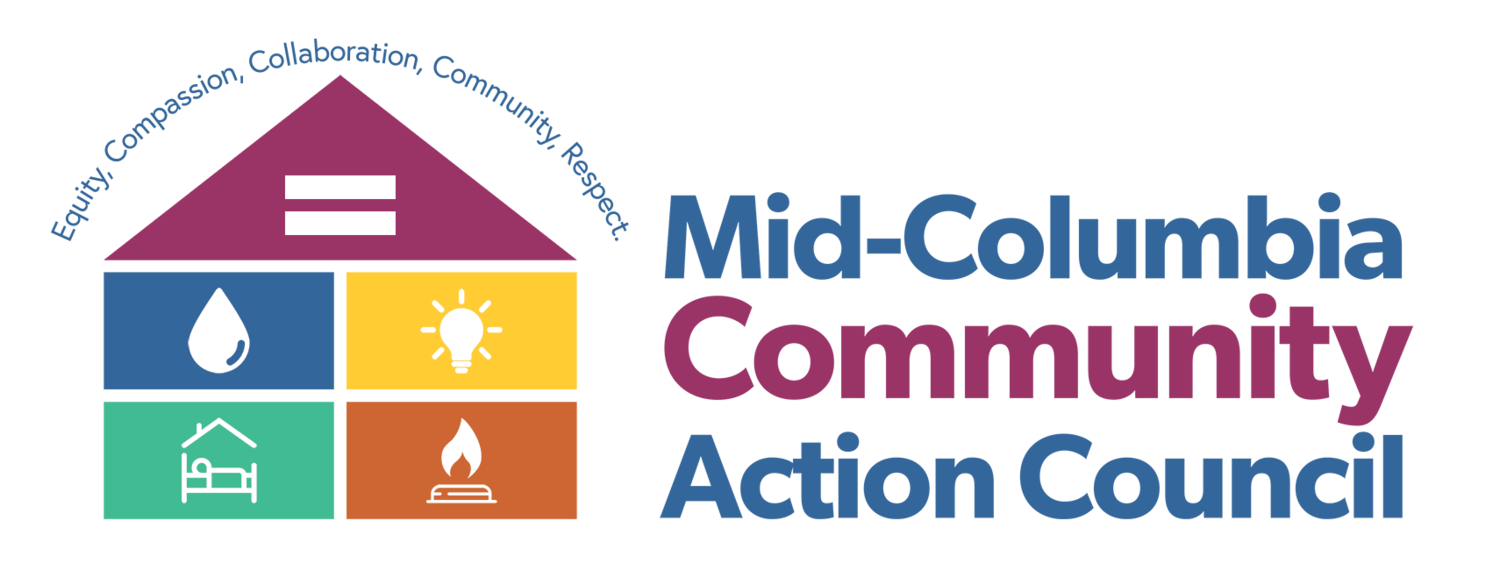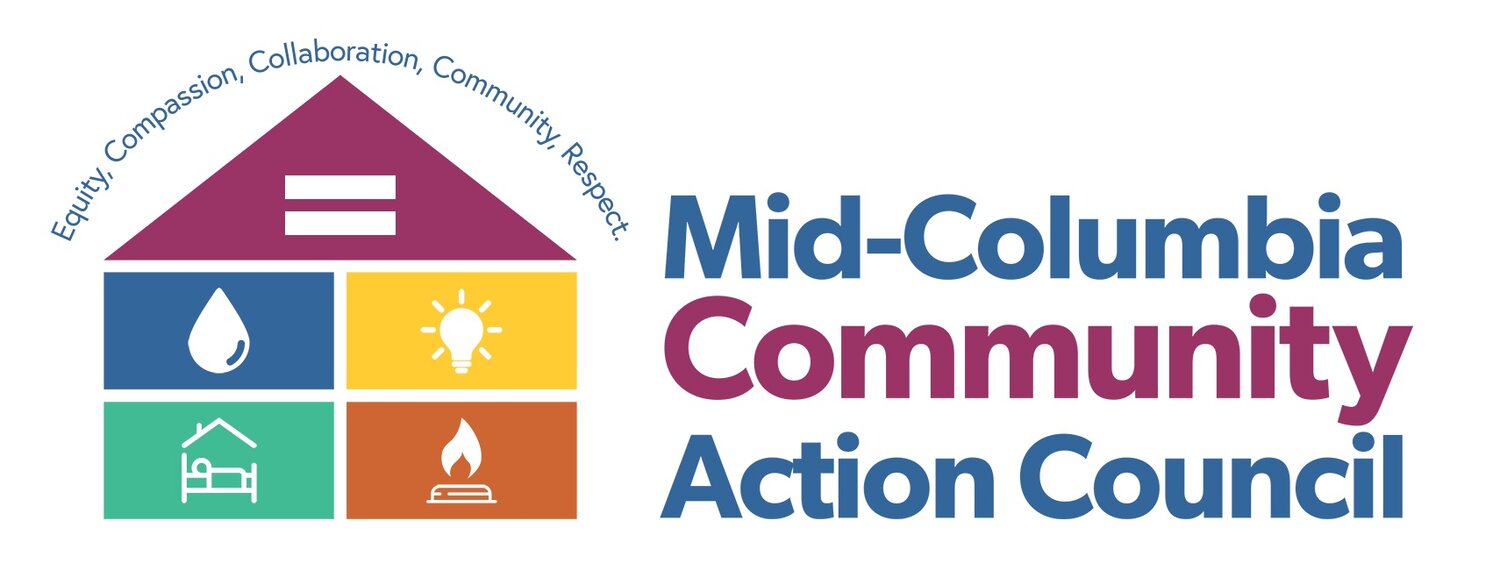Coordindated Entry (CE)
Frequently Asked Questions (FAQs)
-
The U.S. Department of Housing and Urban Development (HUD) requires every Continuum of Care (CoC) to have a coordinated entry system. This system makes it easier and fairer for people to access housing and other resources.
Through coordinated entry, projects use the same intake and assessment process, follow the same rules for prioritizing who gets help first, and make referrals to available housing and services.
Coordinated entry is designed to make sure that people with the greatest needs get help as quickly as possible. It also gives communities useful data about what services are needed and where there are gaps, so resources can be better planned and used.
-
Individuals or families in Sherman, Wasco, or Hood River counties who are:
Living in a place not meant for human habitation (e.g. Anywhere outside, a car; a house without heat or electricity, etc.), or an emergency shelter
Staying in Transitional Housing or a hotel paid for by a local organization
Unable to maintain housing due to active domestic violence situations.
Currently in a hospital, jail, or treatment program if they were in one of the above situations before and have been there less than 90 days.
-
The Rural Oregon Continuum of Care (ROCC) is made up of 26 counties in Oregon that are not part of any other Continuum of Care. These include Baker, Benton, Clatsop, Columbia, Coos, Curry, Douglas, Gilliam, Grant, Harney, Hood River, Josephine, Klamath, Lake, Lincoln, Linn, Malheur, Morrow, Sherman, Tillamook, Umatilla, Union, Wallowa, Wasco, Wheeler, and Yamhill. Coordinated Entry (CE) works across this entire area by making sure people have clear ways to access help, complete the same assessments, and follow the same referral process through their local houseless coalition.
Currently, most people access Coordinated Entry through their local Community Action Agency. In Hood River, Wasco, and Sherman counties, Coordinated Entry is managed by Mid-Columbia Community Action Council.
-
A CE Assessment is a set of standard questions about a household’s housing situation and the challenges they face in finding housing. Trained staff ask these questions during the assessment.
-
Assistance can be requested online at mccac.com/start or in person at The Gloria Center (2505 W 7th St, The Dalles) during drop-in hours:
Mondays 9:00am–12:00pm
Wednesdays 1:00pm–4:00pm.
-
Coordinated Entry (CE) is meant to connect everyone in need to housing, but there aren’t enough resources for everyone right away. To make sure help goes to those who need it most, CE uses a Prioritization List. After completing a CE assessment, households are placed on this list and ranked based on their needs. Referrals to housing programs are then made from the list, along with input from case conferencing.
-
Case conferencing is when staff from different agencies meet to talk about people experiencing houselessness in the community. They work together to decide priorities, share updates, and make sure services are well-coordinated. The goal is to provide better support, avoid repeating the same work, and ensure households get the help they need.
Locally, MCCAC hosts these case conferencing meetings weekly, known as The Roots and Reach Alliance.
-
Coordinated Entry referrals are based on vulnerability and need rather than a first-come, first-served basis. Therefore, it is not possible to guarantee housing or provide a specific timeline for when a household will be referred.
It is important to provide any updated information that may include new phone numbers, crisis events, or change in living circumstances.

